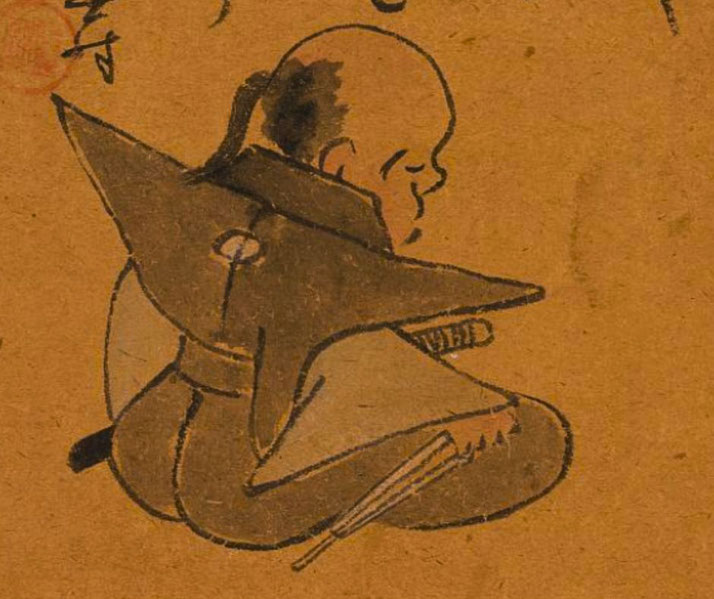Seppuku: The ultimate samurai sacrifice

Seppuku, a visceral and haunting ritual deeply ingrained in the annals of Japanese history, stands as a testament to the complex and profound understanding of honor, atonement, and loyalty that pervades the nation's cultural identity.
Also known as hara-kiri, this ancient practice intertwines the fates of samurai and the moral fabric of Japanese society, capturing the imagination of scholars, artists, and the public alike.
To fully grasp the significance of seppuku, one must delve into its origins, development, and the indelible mark it has left on Japan's cultural landscape.
What is Seppuku?
Seppuku dates back to the 12th century, during the Kamakura period (1185-1333), when the samurai class rose to prominence.
This ritualized form of suicide was initially a means for samurai to restore their honor after committing a transgression or failing in their duties.
Seppuku was also utilized as a means to avoid capture by enemy forces, ensuring that one's honor remained intact even in defeat.
The act of seppuku involves a samurai slicing open his abdomen, usually from left to right, with a short blade known as a tantō.
In some instances, the samurai would then make an upward cut, leading to a swift and painful death.
A trusted friend or fellow samurai, known as a kaishakunin, would often stand by to deliver a swift decapitation, easing the individual's suffering and ensuring a dignified death.
Significance in samurai culture
Seppuku is intrinsically linked to the concept of bushido, the samurai code of honor that dictated an individual's conduct, loyalty, and morality.
This code emphasized the importance of maintaining one's honor and reputation, with seppuku viewed as the ultimate act of atonement and redemption.
In addition to its role in personal honor, seppuku was also utilized by the ruling class as a form of capital punishment.
Rather than face a dishonorable execution, high-ranking officials and samurai would be offered the opportunity to commit seppuku as a means to restore their family's honor.
Throughout history, several famous seppuku cases have come to symbolize the practice's significance in Japanese culture.
Perhaps the most well-known is the story of the 47 ronin, a group of samurai who avenged their master's death before committing seppuku to demonstrate their loyalty and honor.

Modern Japanese culture
While seppuku is no longer practiced in Japan, the concept of honor and atonement continues to be a prominent aspect of Japanese culture.
The ritual's lasting influence can be seen in various forms of art, literature, and cinema, which continue to depict seppuku as a symbol of sacrifice, loyalty, and redemption.
Seppuku, as a historical practice, provides insight into the values and beliefs that have shaped Japanese society throughout the centuries.
While the act itself may be seen as extreme or gruesome, it is important to recognize the cultural significance and the underlying principles of honor, loyalty, and atonement that it represents.
Understanding the history and motivations behind seppuku allows for a deeper appreciation of Japan's rich cultural heritage and the evolution of its societal values.
What do you need help with?
Download ready-to-use digital learning resources
Copyright © History Skills 2014-2025.
Contact via email
With the exception of links to external sites, some historical sources and extracts from specific publications, all content on this website is copyrighted by History Skills. This content may not be copied, republished or redistributed without written permission from the website creator. Please use the Contact page to obtain relevant permission.





